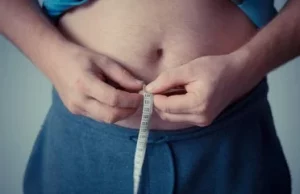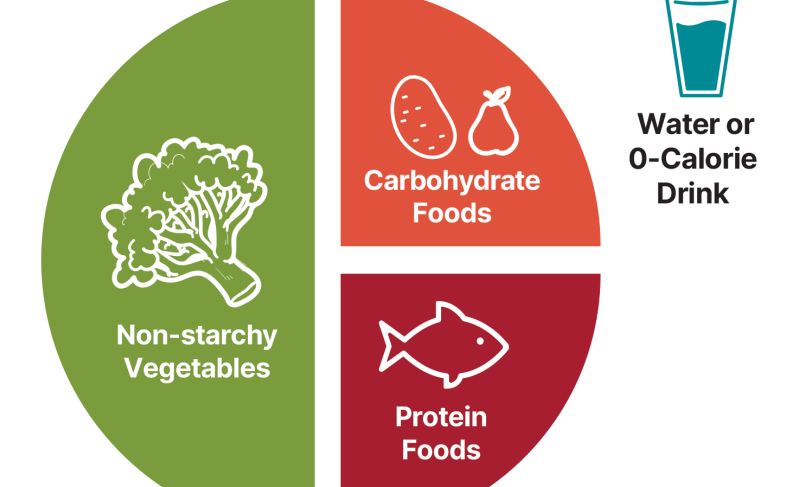
Weight loss is not easy – but its possible.
And it’s quite simple actually. The answer is .. eat under 2,000 calories a day (or 1,500 if you’re a woman), every day. Harder to do of course. If you can do this, you should lose about 0.5 kg a week.
No matter what type of diet you follow, cutting about 500 calories a day is a good place to start.
Try these 5 ways to cut 500 calories every day. It is easier than you may think.
Many people reach for a snack or two in between meals. Snacking is OK as long as you choose options with fewer calories. The key is to have some healthy snacks ready when hunger hits.
Instead of a 85 g bag of tortilla chips (425 calories), choose air-popped crisps or popcorn (often under 100 calories), or a cup of grapes and a low-fat cheese stick, or a small apple and 12 almonds (80 calories).
Choosing healthy snacks twice a day will easily save you 500 calories.
One 300 mL can of fizzy drink (Coke, Pepsi, 7 Up, Fanta etc) has about 150 calories, and a 500 mL flavoured latte can pack 250 calories or more.
Even fruit smoothies have lots of calories, as many as 400 in a 500 ml serving. A couple of such drinks a day can easily add up to 500 calories or more.
Choose water, diet fizzy drinks, or coffee or tea (without too much milk) instead; and save your calories for foods that will help you feel full.
Taking a second helping can add up to unwanted calories. It is easy to keep filling your plate when you serve food family style on the table.
Instead, fill your plate once. And, if you still do not feel satisfied, add a second helping of vegetables, fruit, or salad.
Eat all food from a plate (or bowl) – in the company of friends or loved ones. It’s a good idea to create a mental picture of a ‘T’ as in the plate below – i.e. 50% of the meal should be vegetables (or salad), and 25% protein, and 25% carbs.

When you snack out of a bag or box, it is easy to eat more than you intend to. This is especially true if you are sitting in front of the TV.
You may be surprised to learn that a large bag of chips could be more than 1000 calories.
Cutting back on alcohol is an easy way for many people to trim calories.
Alcohol does not have any nutritional value. So when you drink alcohol, you are getting empty calories, up to 500 for some mixed drinks.
If you drink, choose a pint (570 ml) of lower alcohol strength beer (140 calories), a 125 mL (not 250 ml!) glass of wine (105 calories), or a 25 ml glass of spirits (70 calories, with low calorie mixer if needed).
There are about 70 calories in a unit of alcohol:
Pint (570ml) of lower strength lager, beer or cider – 2 units (140 calories)
Small glass of wine (125ml) – 1.5 units (105 calories)
Just say “no” to fried food
Frying food can add lots of calories to any dish. Instead of fried chicken or fish, choose grilled, broiled, or poached instead.
And skip the French fries. A large serving of fries alone can add almost 500 calories to a meal.
No, not really. But it’s what you need to do if you are serious about losing weight!